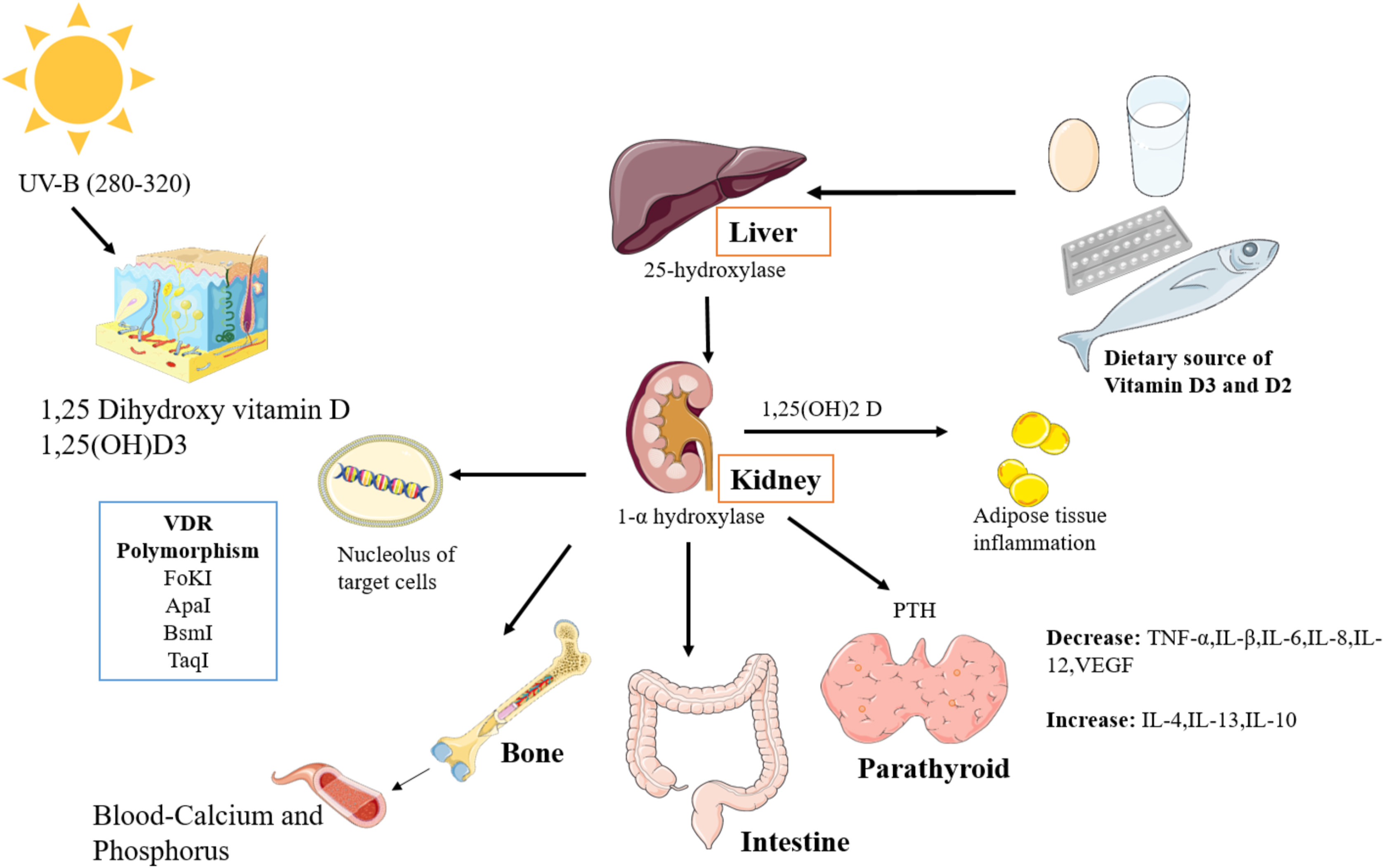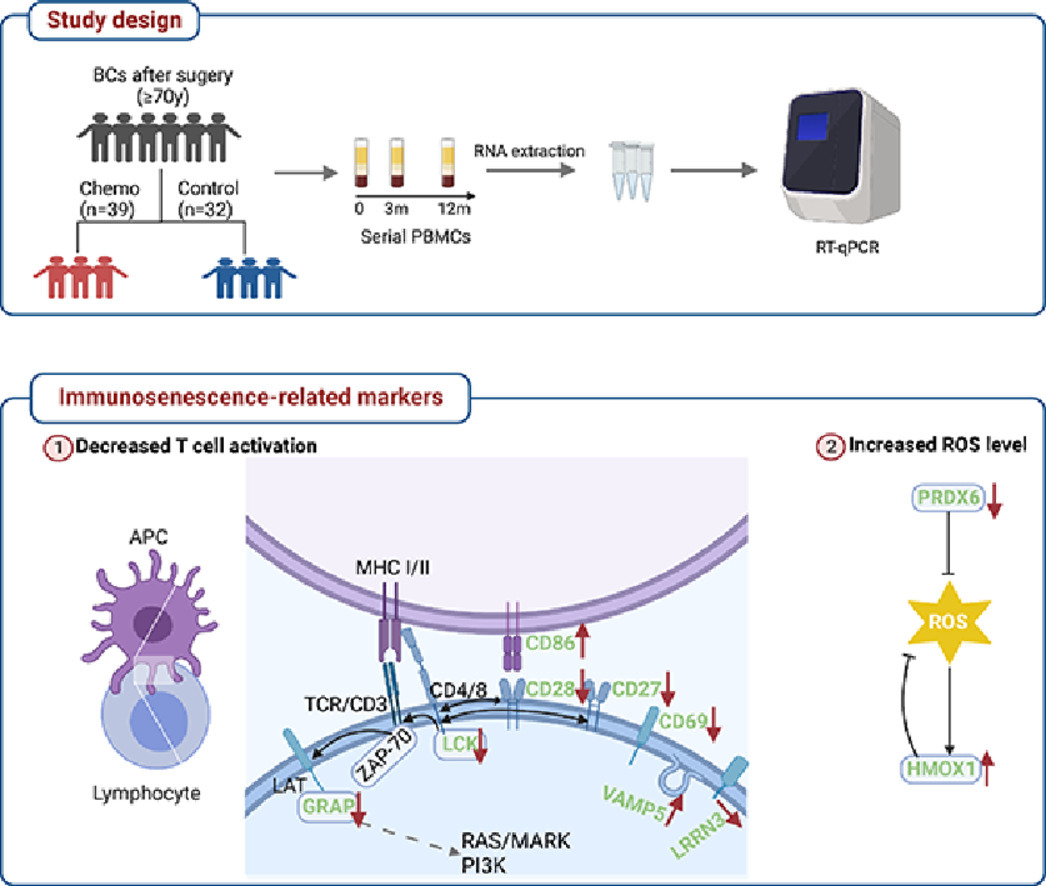Elsevier, Heliyon, Volume 8, November 2022
According to the World Health Organization (WHO) report, viral hepatitis has been a problem in human society. Vitamins play a significant role in preventing the hepatocarcinoma and liver cirrhosis. In this report, we will first focus on the vitamin D function in the immune system reactions, and then investigate its role in the viral infections and the signaling pathway of hepatitis B virus. The existence of the cytochrome P450 (CYP) 27B1 enzyme, which is involved in vitamin D synthesis in immune system cells, has drawn researchers ' attention to the field of immune system.
Elsevier,
International Journal of Intercultural Relations, Volume 91, 2022
This article ties to SDG 3 & 4. The present study adapted and assessed the efficacy of a brief psychological group intervention, the STAR program: Strengths, Transitions, Adjustments and Resilience for university students who are Internally Displaced Persons (IDPs).The present study adapted and assessed the efficacy of a brief psychological group intervention, the STAR program: Strengths, Transitions, Adjustments and Resilience for university students who are Internally Displaced Persons (IDPs).
Elsevier,
eClinicalMedicine, Volume 53, November 2022
This Article supports SDG 3 by analysing the available data regarding HIV prevalence among international migrants compared with native-born people, finding that prevalence was higher among the former group (overall pooled prevalence ratio 1.70). Factors associated with higher prevalence were arriving from African countries, being an undocumented migrant, asylum seeker, or refugee, and being a pregnant woman. Targeted approaches to facilitate testing among these groups may be beneficial.
Elsevier,
Canadian Journal of Cardiology, Volume 39, Issue 2, February 2023, Pages 133-143
This article explores health disparities based on the intersection of sex, geography, race, and ethnicity that have been identified for poorer pre- and postnatal outcomes in the general population, as well as those with critical congenital heart disease.
Elsevier,
iLIVER, Volume 1, Issue 4, December 2022, Pages 235-236
This article highlights the outbreak of hepatitis among children in the United States and the importance of prevention measures in Africa. It emphasizes the need for Africa to strengthen its healthcare systems to protect children and address infectious diseases.
Elsevier,
The Lancet Healthy Longevity, Volume 3, November 2022
This Personal View makes a contribution to Sustainable Development Goal 3 by summarising the advances is early detection, drug development, and trial methodology which the authors argue should be used in brain health clinics to develop new therapies for Alzheimer's disease.
Elsevier,
Mutation Research - Genetic Toxicology and Environmental Mutagenesis, Volume 883-884, 1 November 2022
This manuscript provides an overview of studies exploring cognitive dysfunction related to DNA damage due to biological ageing process, cancer treatment, adverse environmental or occupational exposures, and prenatal genotoxic exposure.




